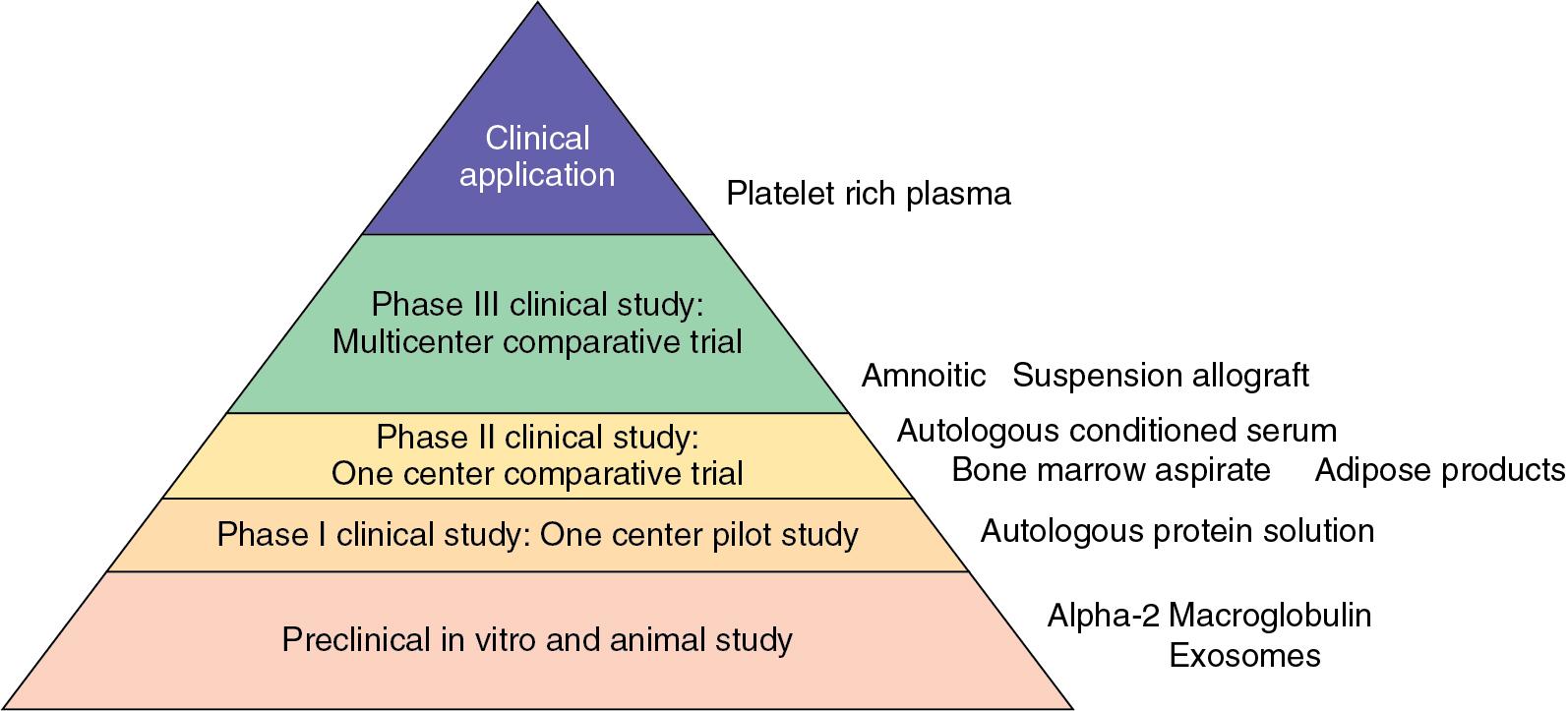Physical Address
304 North Cardinal St.
Dorchester Center, MA 02124
Osteoarthritis (OA) is a progressive degenerative joint disease that leads to considerable disability and plagues our aging population with pain and impaired function. There are currently no treatments that reverse or halt the progression of osteoarthritis. Various injection therapies have been developed, and biologic interventions continue to be investigated, showing early promising results.
Although there is conflicting evidence whether they are superior to steroids, Hyaluronic Acid injections are safe with a lower risk profile than oral anti-inflammatory medications.
Platelet Rich Plasma has a growing body of work giving evidence to support its use in the treatment of OA
A series of three injections of PRP has both pre-clinical and clinical evidence supporting its efficacy in the treatment of OA
Bone Marrow Aspirate has not outperformed PRP in a head-to-head study.
Initial promising adipose studies have employed collagenases, and FDA guidance suggests premarket development for orthopedic indications.
Amniotic products have early promising developmental work, and FDA guidance suggests premarket development for orthopedic indications
A global perspective of the patient must be considered when treating with biologic adjuncts in the setting of symptomatic knee OA: alignment, duration of symptoms, previous treatments, bone mass index (BMI), activity levels, etc.
Develop an evidence-based algorithm for patient discussions and read regulatory documents to determine comfort with every product available for patient care.
Intervening simply based on FDA approval may not provide durable nor reliable results when treating patients with symptomatic knee OA with biologic interventions
Do not take industry’s word for face value when approached with biologic treatment options. “FDA approval” may not mean what you think it means.
Osteoarthritis (OA) is a progressive degenerative joint disease that leads to considerable disability and plagues our aging population with pain and impaired function. From 2008 to 2014, annual medical costs attributable to OA were $65.5 billion per year, and the annual total lost work earnings attributable to OA in the United States was $71.3 billion. It is estimated that of the 47 million people diagnosed with arthritis, 4.3 million have isolated knee OA, which accounts for 20% of disability claims. Although total or partial arthroplasty provides effective surgical treatment for severe OA, it is not ideal for younger patients with earlier stages of disease, nor is it risk-free. Conservative nonsurgical interventions range from activity modification, oral medications, braces, and various injections, which often provide temporal improvement in pain and function. To date, there are no treatments that alter or halt the course of disease progression. , Over the last 10 years, there has been promising research in the field of biologics, such as platelet-rich plasma (PRP) and cell-based therapies to treat a multitude of orthopedic conditions, including knee osteoarthritis. However, the clinical use of these biologics has far outpaced the evidence. Advancement in orthopedic techniques has traditionally involved a pyramid of development with quantitative anatomy at the base, followed by biomechanical study and outcomes-based clinical application at the pinnacle. Orthobiologics require development utilizing a similar pyramid with pre-clinical benchtop and animal studies at the base, followed by pilot clinical trials, controlled comparative clinical trials, multicenter studies, and clinical application at the pinnacle ( Fig. 107.1 ).

Become a Clinical Tree membership for Full access and enjoy Unlimited articles
If you are a member. Log in here